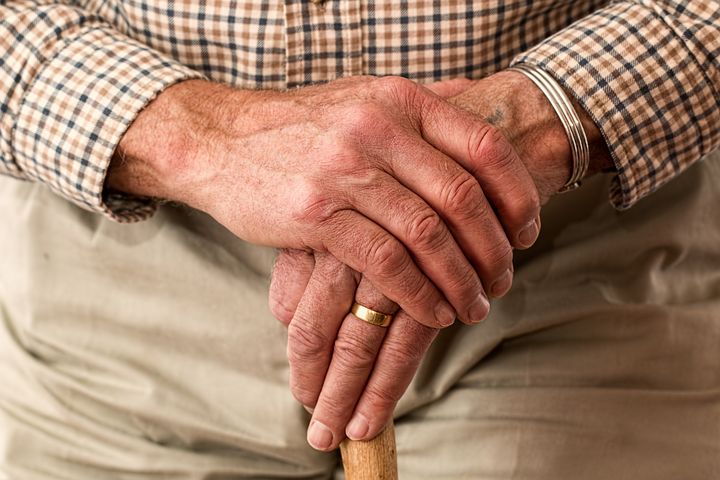Skin cancer occurs when previously healthy skin cells start to grow abnormally and cause cancerous growths. And while almost all skin cancers start as small, low-risk lesions, they can grow and become high-risk if left untreated. That’s why early detection is one of the best ways to increase your chances of successful treatment and survival.
One advantage we have in the fight against skin cancer is that most growths develop on the visible outer layer of the skin (the epidermis), particularly in sun-exposed areas such as the face, head, hands, arms, and legs. Because this makes them relatively easy to spot, one of the most recommended ways to find cancer early is simply to keep regular tabs on your skin.
Types of Skin Cancer
The three main types of skin cancer are basal cell carcinoma, squamous cell carcinoma, and melanoma.
Melanoma
Melanoma is considered the most dangerous type of skin cancer because it has a higher risk of invading surrounding tissues or spreading to other parts of the body (called metastasis) before being detected. This form of skin cancer can appear in a variety of forms, including unusual pigment changes, areas that look like bruises but are not healing, and irregular moles.
Basal Cell Carcinoma (BCC)
Under normal circumstances, basal cells die off as part of the natural skin cycle. If their DNA undergoes a mutation, however, typically because of UV radiation from natural sunlight or tanning beds, they can multiply instead. As the basal cells build up, they form lesions that can become cancerous.
Basal cell carcinoma is the most common type of skin cancer. It often appears on sun-exposed skin as a pearly growth that bleeds easily and doesn’t heal, and can grow in a variety of shapes, colors, and textures.
Squamous Cell Carcinoma (SCC)
Squamous cell carcinoma is the second most common skin cancer. It can show up in a variety of ways but often progresses from a red scaly patch to a raised, red growth. SCCs most often form as new growths from a previously healthy area of the skin, but they can also grow out of an existing scar or lesion. Similar to BCC’s, these carcinomas typically develop as a result of UV radiation and form when a mutation causes a build-up of cells that can become cancerous.
Skin Cancer Treatment
Because there are several different types of skin cancer, treatment plans are based on individual circumstances like tumor location, size, characteristics under the microscope, and the risk of the cancer spreading to another location or growing again (recurring) in the same location.
Skin cancer treatment options may include procedures including excision, electrodesiccation-curettage, Mohs Surgery, and topical chemotherapy creams for superficial skin cancers. The more likely a skin cancer is to spread or recur, the more aggressive the treatment will be.
Helping you through a skin cancer diagnosis and treatment journey is a top priority for us at MetroDerm, and our Providers will always work with you in partnership to select the best treatment method for your unique circumstances.
If you aren’t worried about a specific spot or growth, but do have general concerns about your skin, an annual skin exam can go a long way toward catching any issues at the earliest stage.
Schedule an appointment with a caring Dermatologist at one of our convenient locations to have your skin examined or to discuss skin cancer treatment recommendations.














